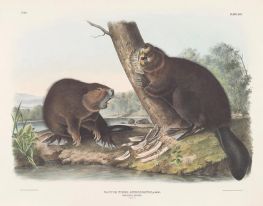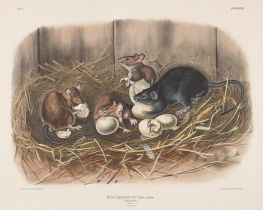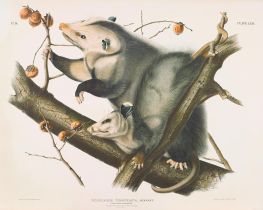
John James Audubon Painting Reproductions 3 of 3
1785-1851
Haitian Romanticism Painter
51 Audubon Paintings

Castor fiber americanus. American Beaver 1844
Paper Art Print
$69.52
$69.52
SKU: AJJ-19666
John James Audubon
Original Size: 53.8 x 69.7 cm
Amon Carter Museum, Texas, USA
John James Audubon
Original Size: 53.8 x 69.7 cm
Amon Carter Museum, Texas, USA

Mus rattus et var. Black Rat 1843
Paper Art Print
$70.97
$70.97
SKU: AJJ-19667
John James Audubon
Original Size: 55.6 x 71 cm
Amon Carter Museum, Texas, USA
John James Audubon
Original Size: 55.6 x 71 cm
Amon Carter Museum, Texas, USA

Didelphis virginiana, Pennant. Virginian Opossum 1845
Paper Art Print
$70.97
$70.97
SKU: AJJ-19668
John James Audubon
Original Size: 55.7 x 71 cm
Amon Carter Museum, Texas, USA
John James Audubon
Original Size: 55.7 x 71 cm
Amon Carter Museum, Texas, USA